Optimizing a webpage, let alone a website, can feel like a daunting task. With so many areas of opportunity, you may wonder where to begin.
To help guide you in the discovery of your perfect landing page, I present “Now That’s What I Call Marketing!”
Each track represents a different page element to be considered when optimizing your webpage, pitfalls to avoid and tips on reaching your potential in these areas of opportunity.
Read on and learn how to tune up your site.
Track #1: Give me one reason to read your headline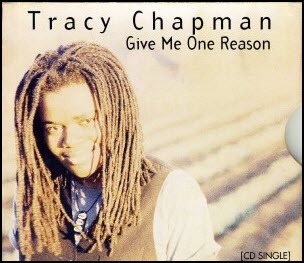
“Give me one reason to stay here, and I’ll turn it back around. Because I don’t want to leave you lonely, but you got to make me change my mind.” -Tracy Chapman
Tracy’s words ring true when it comes to headlines.
Headlines are your first impression. Better make it count. A bad headline can confuse and worry a visitor or, worse, cause them to hit the back button. A good headline is the golden opportunity to initiate a conversation. Catch your visitor’s interest enough to continuing reading your content and set the expectation for the rest of the online experience.
To help you do that, check out last month’s MarketingExperiments Web clinic, How to Write Headlines that Convert, and keep in mind some advice from Flint McGlaughlin, Managing Director, MECLABS, on headlines. To sum up, a really good headline should answer three questions for every visitor:
- Where am I?
- What can I do here?
- Why should I do it?
Track #2: Use body copy to usher in your value proposition
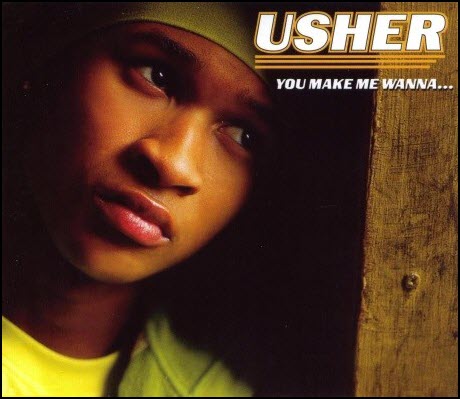 “You make me wanna leave the one I’m with and start a new relationship with you … ”-Usher
“You make me wanna leave the one I’m with and start a new relationship with you … ”-Usher
The purpose of body copy is to communicate your value proposition to customers.
When distilled down, your copy should answer one of the most important questions every customer has: “Why should I buy from you and not your competitors?”
You want the customer to understand what you can offer them that others can’t. Not a sales pitch, just the facts.
Ideally, your offer should be superior to others in at least one way. Tell your visitors how by creating content that focuses on the appeal and exclusivity you bring to the marketplace.
Track #3: Reducing anxiety can make lead gen forms more than a maybe 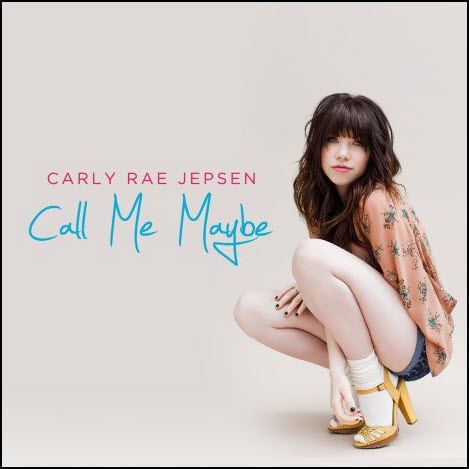
“Hey I just met you, and this is crazy, but here’s my number, so call me maybe” -Carly Rae Jepsen
If you are asking a prospect to give you their private information right up front, it is a bit crazy to expect a visitor to comply without hesitation.
A great way to approach your forms is to look at them from a value/cost perspective by first asking yourself one simple question: “What’s in it for the customer?”
Whether it’s a free trial, download or a contest, the incentive has to match (and hopefully exceed) their motivation. What they are getting has to be perceived to be of more value than the cost of their time or the anxiety surrounding any privacy concerns they may have.
To learn more about effective lead capture, be sure to check out next month’s Web clinic, Optimizing Email Capture.
 Track #4: Guide the visitor’s thought sequence
Track #4: Guide the visitor’s thought sequence
“And please say to me, you’ll let me hold your hand” –The Beatles
Every page has a desired outcome of some sort. The key is strategically guiding visitors to that outcome by giving them enough value on the way so that they respond positively.
With so much content crammed on websites, how do we help clear the path?
By testing and optimizing our way into finding the clearest route possible for prospects to be intrigued by our offer, want to learn more and reach our call-to-action at peak interest.
From layout of information to the colors used, every step should deliver the visual cues needed to guide prospects to the final step you want them to take.
Track #5: Deliver an experience that is customer-centric
“You know it’s true, everything I do, I do it for you.” –Bryan Adams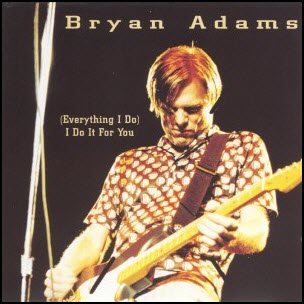
When we create pages or funnels we tend to look at them through a business lens, making decisions from a business-first mindset, which can be distorted from how a customer perceives the same process.
For example, a company might explain its new product using unfamiliar jargon. Despite how well received the value proposition may have been by the marketing department, a prospect can’t take value from something they don’t understand. Speak their language; speak to their concerns.
Also, never assume the customer knows your product and why it’s “special.” You live and breathe your company or product, but do your prospects really have the same understanding?
These types of decisions, often based on revenue impact or sales goals, do not always translate to wins with the consumer. Analyze the pages and processes from the perspective of a customer. How can you see your site through the eyes of a customer? By uncovering their motivations.
Only by understanding your customers can you provide an experience that matches their motivation.
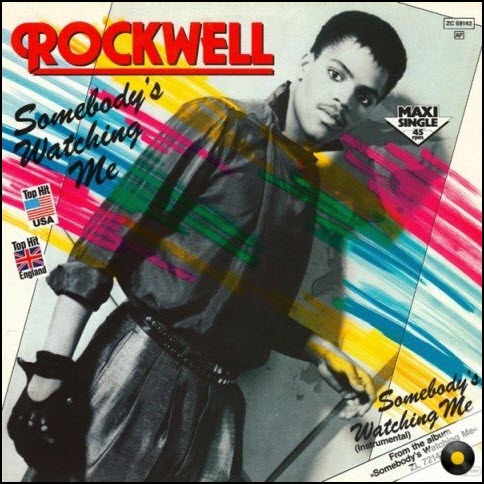 Track #6: Track your pages to learn more about your customers
Track #6: Track your pages to learn more about your customers
“I always feel like somebody’s watching me” –Rockwell
Marketers of today have been given a “crystal ball” to help us glimpse into the minds of our customers. What gives us this ability?
Data and analytics.
With tracking and analytics platforms, marketers are able to gain a better understanding of where prospects are coming from and what they are doing on your site.
First we need to understand where our customers are coming from. Whether it’s direct traffic or a PPC ad, the source of the visit can provide great insight into what the visitor is looking for in the first place. Were they searching certain keywords? Did the language of a specific PPC ad resonate with them and encourage a click?
Tie this information in with prospect’s behaviors on your site (looking at things such as bounce rate, conversion rate, pages viewed) and you’ll start to see connections.
The overall goal is to match the experience on your site to the prospect’s original motivation for arriving.
Understand why prospects are coming to your page, and then look at performance metrics to see how well you are delivering what they want.
We could spend days talking about analytics, but here’s a blog post with a few simple steps to help you get you started.
Track #7: Use social media to give them something to talk about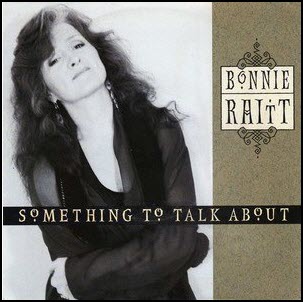
“People are talking, talking ‘bout people.” –Bonnie Raitt
According to Forbes, 72% of U.S. adults were on social media in 2013.
This also means that building brand awareness, engaging with customers and taking advantage of this largely free and powerful resource at your disposal should be hardwired into your marketing strategy.
Not to mention, using the channel to satisfy disgruntled customers can separate you from the pack as an organization that owns their mistakes and lives to serve its customers.
Track #8: Use cart retrieval email campaigns and stop throwing away easy sales
“And another one gone, and another one gone, another one bites the dust.” –Freddie Mercury
A prospect has selected a product and is about to purchase when they disappear. He was motivated enough to make it this far into the process, but something at the last second hindered the conversion.
Should you count your losses and move on?
Only if you like throwing away potentially easy conversions.
According to a survey for MarketingSherpa’s 2012 Email Marketing Benchmark Report, of all the automated emails delivered, shopping cart abandonment was last at 11%. As demonstrated in this MarketingExperiments blog post, triggered retrieval emails can lift conversion rates dramatically.
To allow yourself to take advantage of a cart retrieval campaign, consider placing email field early in the checkout.
There are many different theories around timing of email messaging, but it is widely agreed upon (and has been tested) that sending a retrieval email immediately is imperative. The longer you wait, the more you lose. Many companies also leverage incentive here — 10% off to complete your order.
A cart recovery campaign is a super simple and cost effective way to squeeze out a few more conversions.
Track #9: Create a CTA that makes prospects want to “Push it”
“Push it real good.” -Salt’N’Pepa
The call-to-action (CTA) is the main ask of the page — the “ask” is whatever action you’re requesting the visitor to take. So your copy needs to set the right expectations for customers to take that action. In short, your call-to action copy should clearly answer what a customer gets for their click.
If they are getting a free download, for example, try swapping out “submit” with a “get guidebook now.”
Not only is the expectation set for what comes next, but the customer is reminded of the benefit received. This both helps assure customers they are proceeding down the proper path and relays the value in doing so.
Future album: Your optimized page
With these tracks in mind, now is the time to start optimizing your pages and creating a website that rocks.
Sources
You might also like
Take 15 minutes to complete the 2015 MarketingSherpa Marketing Practices Survey, and get a free pre-release copy of the August 2015 MarketingSherpa Consumer Purchase Preference Survey plus a chance to win a free, three-day ticket to MarketingSherpa Summit 2016 in Las Vegas OR an iPad Air 2. The deadline is September 28. (MarketingSherpa is the sister organization to MarketingExperiments.)
MarketingSherpa Summit 2016 — At the Bellagio in Las Vegas, February 22-24
Copywriting: See immediate lifts by applying these 5 principles to your headlines



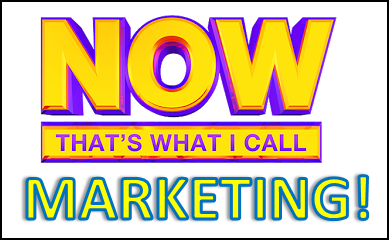


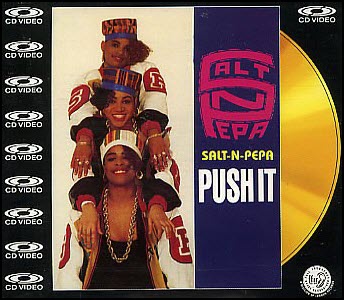
LOVE LOVE LOVE this blog post! It grabbed my attention even before I opened up the post simply because of the image you used. Perhaps because I grew up in the 90’s when Now That’s What I Call Music was popular. Very creative and made me wish I had thought of something like this. Bravo! 🙂
Scott! This is brilliant. I’m going to make a spotify playlist to motivate me through my marketing activities.
Marketing is about ornamenting what you have and showcase it to your audience. What matters is that how well you can represent it.
Make it about them not about you. It has to be customer centric and they must be able to see their benefit in your product.